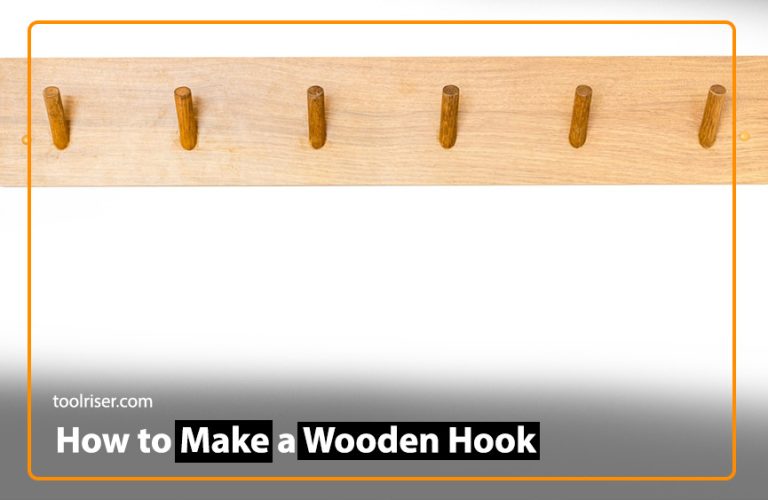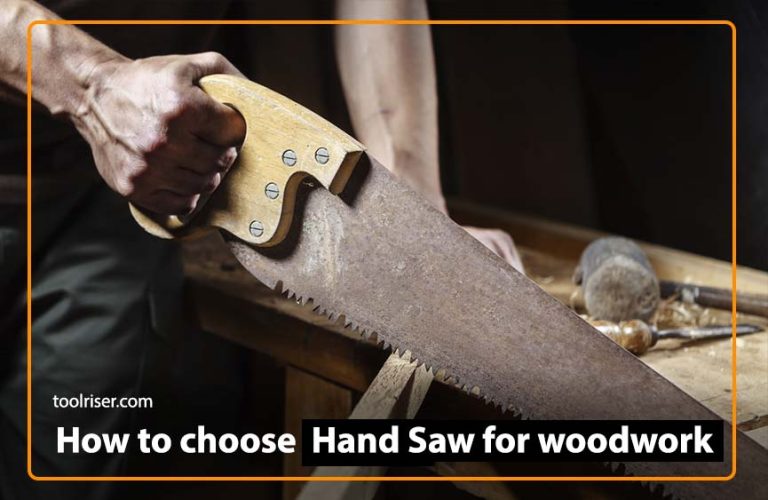A Complete Guide 2024 on How to use a Doweling Jig for Woodworking
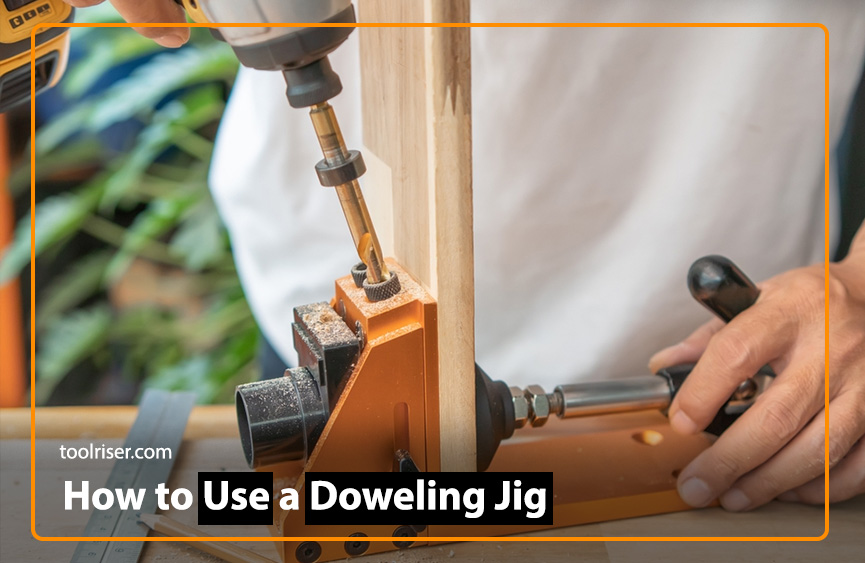
Doweling is a technique used in woodworking to seamlessly join two pieces of wood together. Whether you’re a seasoned woodworker or a DIY enthusiast, mastering a doweling jig can significantly enhance the quality and strength of your projects. In this guide, we’ll walk you through the step-by-step process of using a doweling jig effectively, along with the necessary tools and materials.
Tools and Materials Required:
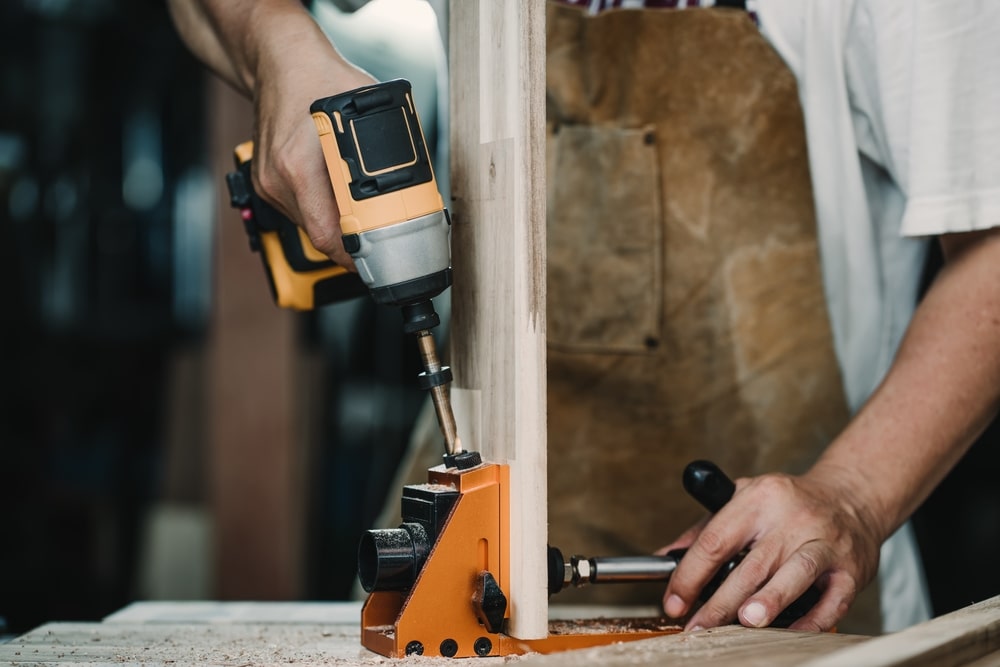
Doweling Jig
This is the primary tool used to create precise holes for dowels.
Drill
You’ll need a drill to make holes in the wood for the dowels.
Dowels
Choose dowels of appropriate size for your project.
Clamps
These will help secure the wood pieces in place during drilling.
Measuring Tape or Ruler
For accurate measurements.
Pencil or Marking Tool
To mark the positions for dowel holes.
Wood Glue
Used to bond the dowels with the wood pieces.
Steps to Use a Doweling Jig:
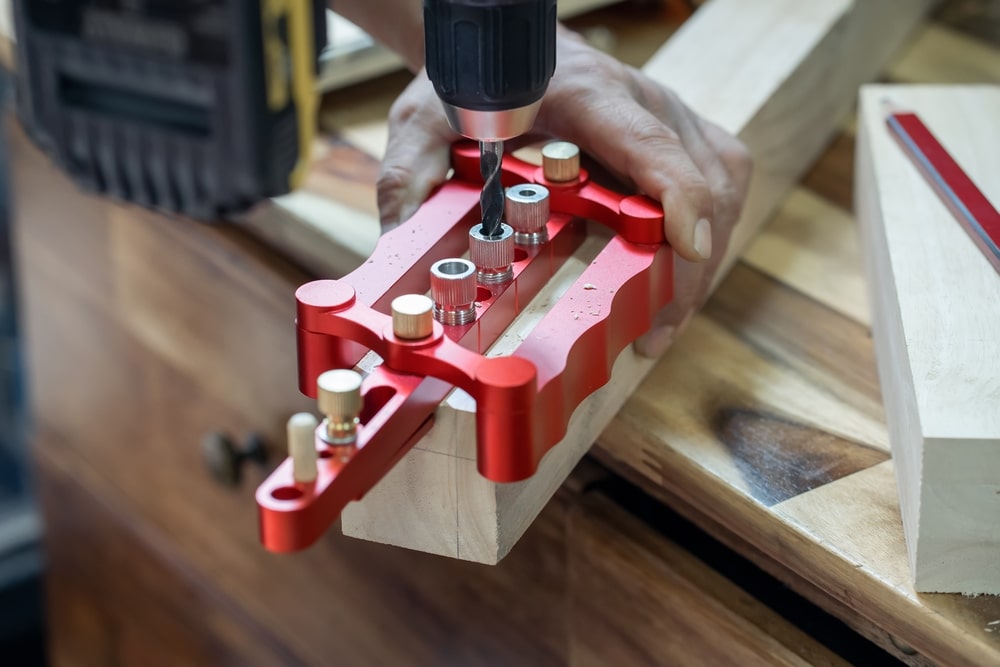
Measure and Mark:
Begin by measuring and marking the positions where you want to insert dowels on both wood pieces. Ensure the marks are aligned correctly for a precise joint.
Set Up Doweling Jig:
Place the doweling jig on the wood piece, aligning it with the marked positions. Secure the jig in place using clamps.
Adjust Depth:
Adjust the depth of the drill bit on your drill according to the length of the dowels you’re using and the thickness of the wood.
Drill Holes:
Place the drill bit into the guide holes of the doweling jig and drill holes into the wood pieces. Make sure to keep the drill straight and perpendicular to the surface as you drill.
Insert Dowels:
The next step is to Apply wood glue to the holes and insert dowels into one of the wood pieces. Ensure the dowels are fully seated.
Assemble:
Join the two wood pieces, aligning them carefully with the dowels inserted. Apply pressure to ensure a tight fit.
Clamp and Dry:
Use clamps to hold the wood pieces together and let the glue dry completely, following the instructions provided by the manufacturer.
Trim Excess:
After the glue has dried, use a saw or chisel to trim off any excess dowel sticking out from the joint.
FAQs (Frequently Asked Questions):
1. What size dowel should I use for my project?
Ans. The size of the dowel depends on the thickness and weight-bearing requirements of your project. Generally, choose a dowel slightly smaller in diameter than the thickness of the wood.
2. Can I use any type of wood glue for doweling?
Ans. It’s recommended to use high-quality wood glue specifically designed for woodworking projects to ensure a strong bond.
3. How do I prevent tear-out when drilling with a doweling jig?
Ans. To prevent tear-out, use a sharp drill bit and apply gentle pressure while drilling.
4. Do I need to clamp the wood pieces when drilling with a doweling jig?
Ans. Clamping the wood pieces helps ensure stability and accuracy while drilling. It’s highly recommended to use clamps to secure the workpieces in place.
5. Can I use a doweling jig for angled joints?
Ans. While traditional doweling jigs are designed for straight joints, there are specialized jigs available for creating angled joints.
6. How long should I let the wood glue dry before removing the clamps?
Ans. The drying time for wood glue can vary depending on multiple factors, such as temperature and humidity. Follow the manufacturer’s instructions, but generally, it’s advisable to leave the clamps in place for at least a few hours to ensure a strong bond.
Mastering the use of a doweling jig opens up a world of possibilities in woodworking, allowing you to create strong and durable joints with ease. By following the steps outlined in this guide and keeping these FAQs in mind, you’ll be well on your way to creating professional-quality projects.
Read Also:- How to Sharpen a Circular Saw Blade: A Comprehensive Guide 2024
Read Also:- How to Sharpen Wood Chisel: Step by Step Complete Guide
Final Thoughts
Wrapping up the Final thoughts, using a doweling jig is a game-changer for woodworking enthusiasts. With the right tools and following our guide, you can create amazing projects. Imagine John, a beginner woodworker who wanted to make a sturdy bookshelf for his home. With the help of a doweling jig, he crafted perfect joints, and his shelf stood strong for years. So, don’t hesitate to try it out. You might amaze yourself with what you can create!





